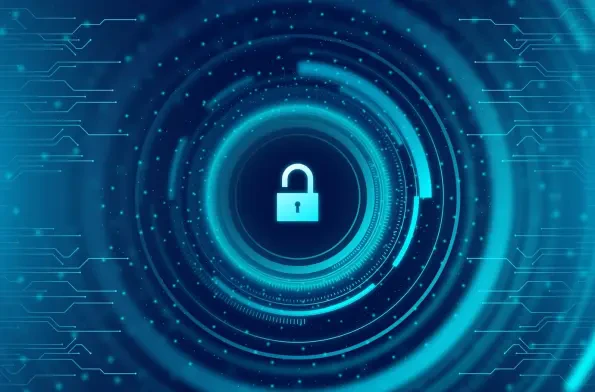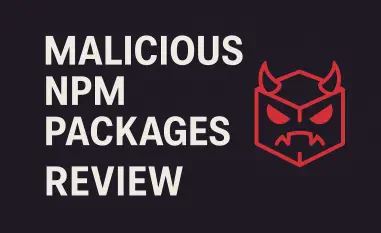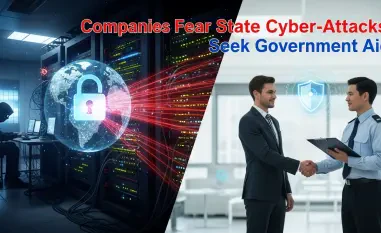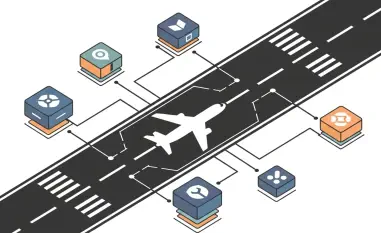In today’s digital realm, organizations are faced with an alarming escalation in cybersecurity threats that challenge their IT infrastructures daily. Cybersecurity teams are constantly striving to manage countless vulnerabilities, requiring a vigilant and resilient approach. This guide aims to help organizations establish a robust vulnerability management program that effectively addresses emerging threats and supports long-term security objectives. By adhering to the structured steps outlined here, organizations can implement a successful, resilient vulnerability management system.
Understanding the Importance of Resilient Vulnerability Management
The current threat landscape is dynamic and constantly evolving, significantly impacting organizations regardless of size or industry. A robust vulnerability management system is essential for identifying and mitigating potential threats before they can exploit organizational weaknesses. Resilience in this context refers to the ability to adapt swiftly to changing conditions and to respond effectively to new risks. This resilience is often underpinned by strategies that involve proactive measures, continuous monitoring, cross-departmental collaboration, and adaptive processes.
Adaptive processes in vulnerability management are crucial as they enable organizations to remain agile in their defensive tactics. These processes support organizations in adapting to both internal changes, such as system upgrades or staff changes, and external threats, like new vulnerabilities or emerging attack vectors. In doing so, they help maintain a consistently strong security posture that is vital in today’s technology-driven environment.
Why Resilient Vulnerability Management Matters in Today’s Industry
The journey of vulnerability management has evolved significantly over the past few decades. Initially, it was a relatively straightforward process involving scheduled scans and patch applications. Fast forward to today’s technological advancements, and the approach is more sophisticated with automation and real-time threat intelligence becoming key components. These advancements are reshaping how organizations manage and prioritize vulnerabilities, underscoring the necessity for a resilient approach.
Industry-specific challenges, such as compliance with regulations and the unique vulnerabilities inherent to different sectors, further emphasize the need for tailored vulnerability management programs. These challenges necessitate strategic adjustments in programs, ensuring that they not only comply with regulatory standards but also effectively reduce risk in various operational contexts. Therefore, a resilient program is not a mere option but a crucial requirement to navigate the complexities of modern industry landscapes.
Actionable Steps to Create a Resilient Program
1. Implement Continuous Threat Exposure Monitoring
The first step in building resilience is to ensure continuous threat exposure monitoring. This involves integrating ongoing evaluations to identify and understand evolving threats, which is vital as threats can develop or morph quickly. Automation plays a key role here, allowing organizations to simulate breaches and consistently monitor exposure levels without human oversight 24/7.
Breach simulation tools, automated testing, and attack path analysis are crucial components of this step. These tools help provide an organization with a clear picture of their current security posture, enabling rapid responses to any vulnerabilities detected. By proactively monitoring threat exposure, organizations maintain a dynamic defensive stance that evolves alongside emerging threats.
2. Develop a Contextual Risk Prioritization Approach
Effective prioritization goes beyond relying solely on technical scores like the Common Vulnerability Scoring System (CVSS). Organizations must develop a context-based risk assessment framework that considers assorted factors such as security, asset, and business contexts. This involves the creation of a patch management matrix that aligns with organizational needs, emphasizing the broader business impact rather than just technical severity.
By doing so, organizations manage vulnerabilities more efficiently, focusing on addressing the most critical issues that could have significant repercussions. This contextual prioritization ensures that resources are allocated intelligently, resolving vulnerabilities that pose the greatest risk to business operations and objectives.
3. Streamline Triage with Automation
Streamlining vulnerability triage is essential, and technology offers an excellent solution by automating repetitive and informational tasks. This step involves leveraging automation to process obvious vulnerability information while combining manual insights for complex assessments. This blend enhances accuracy and efficiency, ensuring vulnerabilities are processed and prioritized swiftly.
By automating these initial stages, vulnerability management teams can concentrate their attention on higher-priority issues that necessitate deeper analysis. This streamlined approach reduces the manual burden on teams while improving the speed and reliability of the triage process.
4. Automate Remediation Logic
Automation is also incredibly useful in the remediation phase, involving automated solutions and logical frameworks to address vulnerabilities swiftly. Developing automations that deploy mitigating controls as necessary ensures that solutions are applied consistently and expediently. This logic-based approach allows for automatic execution whenever specific conditions are met, thus quickening the remediation process while minimizing mistakes.
Through the deployment of automated remediations, organizations can efficiently tackle vulnerabilities as they arise, ensuring the security posture remains robust without demanding excessive manpower. This not only saves time but also maintains the consistency and quality of vulnerability management efforts.
5. Foster Cross-team Collaboration
Vulnerability management necessitates collaboration among various teams; therefore, formalizing roles and responsibilities is key. Cross-functional coordination can be made effective through clearly defined duties and fostering a collaborative culture. Gamification, by introducing friendly competition, can enhance participation rates and invigorate teams to engage actively in the remediation process.
With formalized roles, responsibilities become clear, reducing ambiguities and allowing teams to synchronize efforts seamlessly. Encouraging cross-team engagement, whether through formal or informal avenues, creates a unity that strengthens the organization’s overall security structure.
6. Establish Clear Metrics and Expectations
Establishing clear metrics and expectations through Protection Level Agreements (PLAs) is essential in laying a foundation for measurable security objectives. By aligning measurable goals with existing budgetary constraints, organizations can ensure realistic security outcomes based on available resources. Clearly communicated expectations provide accountability and direction for the security teams working toward these goals.
With defined metrics, stakeholders can more effectively monitor progress, manage resources, and adjust strategies when necessary. Grounded expectations rooted in financial realities further prevent mismatched objectives, forming a coherent, achievable framework for security advancement.
7. Promote Security Team Wellbeing
The final, but equally essential step, in building a resilient program is ensuring the security team’s wellbeing through encouragement of creativity and innovation. Teams empowered through opportunities for growth and engagement will be more energized and invested in their roles. Creating an empowered environment cultivates an ongoing spirit of innovation and adaptability, vital assets in any cybersecurity strategy.
This empowerment extends beyond conventional capacity-building and enters into fostering an environment where creativity can thrive. Through innovative thinking, security teams continually develop new solutions to emerging challenges, maintaining the organization’s reputation as a resilient force in cybersecurity.
Key Steps Recap: Strategic Overview
Implementing a strategic approach involves the synthesis of continuous threat exposure monitoring, contextual prioritization, automation, collaboration, metrics setting, and team wellbeing. Each step builds upon the previous ones, constructing a comprehensive blueprint for a resilient vulnerability management program. This strategic overview serves as a cohesive guide for managing vulnerabilities efficiently and adapting swiftly amidst a perpetually shifting cyber threat landscape.
Application Across Industries and Future Outlook
Resilient vulnerability management practices find real-world application across countless industries, proving advantageous regardless of specific sectorial challenges. As industries evolve, a forward-thinking outlook is essential to anticipate shifts in cybersecurity threats and adapt responses accordingly. Broader implications for these practices include a positive trajectory not just for cybersecurity, but also for aligning business objectives with emerging technology trends.
As the threat landscape evolves, the future of vulnerability management will likely involve more sophisticated technologies, predictive modeling, and collaboration frameworks. The ability to foresee and react to changes in the security ecosystem will define the success of organizations in securing their digital footprints.
Conclusion and Call to Action
Establishing a resilient vulnerability management program poses challenges but remains achievable and immensely rewarding. By transforming the organization’s approach with the structured steps outlined in this guide, security postures become fortified against even the most dynamic threats. The incorporated strategies, ranging from automation to innovative collaboration, offer a roadmap for ongoing enhancement and adaptation, ensuring long-lasting resilience in a constantly evolving cyber landscape. Embracing these strategies promises not only a robust security framework today but also readiness for the evolving challenges of tomorrow.













